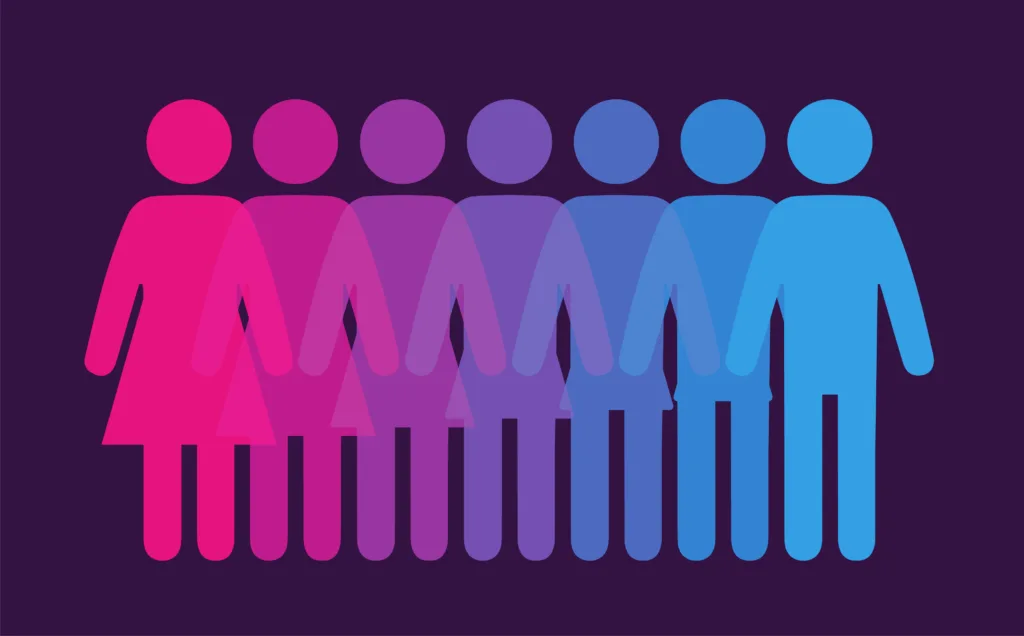Gender is a complex and diverse aspect of human identity that has been evolving over time. Traditionally, the concept of gender has been limited to binary categories of male or female, but in recent years, there has been a growing recognition of the need to acknowledge and respect the diversity of gender identities that exist.
In 2021, there is no one definitive answer to the question of how many genders there are, as different people may identify and express their gender in different ways. However, there are many gender identities that have been recognized and accepted by different communities and societies around the world.
One of the most commonly recognized gender identities is male, which refers to people who identify as men or masculine. Similarly, female refers to people who identify as women or feminine. These binary categories have been the traditional way of categorizing gender, but they are not the only ones that exist.
Transgender is a gender identity that has gained more visibility and recognition in recent years. Transgender people identify as a gender different from their assigned sex at birth. For example, a person who was assigned male at birth but identifies as female may identify as a transgender woman. Transgender people may choose to transition medically or socially to live as their true gender.
Non-binary is anoter gender identity that has been gaining recognition in recent years. Non-binary people do not identify as exclusively male or female, but rather as a gender identity that is outside of or in between the traditional binary categories. Some non-binary people may use gender-neutral pronouns like they/them or ze/hir.
Agender refers to people who do not identify as having a specific gender identity. They may feel a lack of connection to any gender or may feel that their gender identity is neutral or undefined.
Pangender refers to people who identify as having multiple genders or all genders. Genderqueer is a term that can be used to describe people who identify as both male and female or somewhere in between.
Two-spirit is a term that is used by some Indigenous communities in North America to describe people who have both a male and female spirit. Third gender is a term that is used in some cultures to describe people who identify as neither male nor female.
It is important to recognize and respect the diversity of gender identities that exist in our world. By acknowledging and celebrating the diversity of gender identities, we can create a more inclusive and accepting society for all.
Understanding the Number of Genders Today
Today, thee are many different gender identities that exist. It is important to acknowledge that gender is a complex and multifaceted concept that extends beyond the binary categories of male and female. In addition to male and female, there are other gender identities such as transgender, gender neutral, non-binary, agender, pangender, genderqueer, two-spirit and third gender.
Transgender individuals are those who identify as a gender that is different from the one they were assigned at birth. Gender neutral individuals do not identify as male or female but rather as a gender that is neutral or non-specific. Non-binary individuals identify as a gender that is neither exclusively male nor female. Agender individuals do not identify with any gender at all.
Pangender individuals identify as having all genders or a combination of genders. Genderqueer individuals identify as a gender other than male or female, or as having a fluid gender identity. Two-spirit is a term used by some Indigenous cultures to describe individuals who possess both male and female spirits or who identify as a third gender. Third gender is a term used to describe individuals who do not identify as male or female, but rather as a separate gender identity.
The number of genders that exist today is not limited to male and female, but includes a wide range of gender identities that are diverse and complex. It is important to respect and acknowledge the gender identity of each individual, regardless of what gender they identify as.

Conclusion
Gender is a complex and diverse aspect of human identity. There are many different gender identities, each with its own unique experiences and challenges. It is important to respect and support individuals in their gender identity, regardless of whether it aligns with societal norms or expectations. By recognizing and celebrating the diversity of gender identities, we can create a more inclusive and accepting society for all. It is up to all of us to educate ourselves and advocate for the rights and dignity of all individuals, regardless of their gender identity.
